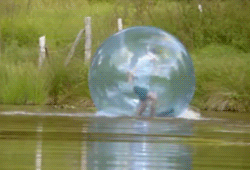Hey Guys! I'm back! Sorry, my blogging schedule (I'm not sure if that's
a thing, but you know what I mean) has been very weird. We had testing and then
an overnight field trip during the last two weeks, so our school has been quite
busy. Oh! I see some of you are wearing zebra print! You get extra points. Good
job! As you can tell this won't be a regular science blog post, it will be one
on an interesting article. I chose zebras! Yay! So, if you don't want to
read this summary, then click here.
That's the actual article.
Have you ever wondered why zebras have their
stripes? I haven't actually I just saw it and it looked interesting, but now I
know why. Some of you that have wondered that may have thought that it was
because it helps hide from predators, it helps cool them off, or even help them
form social groups. Scientists have tested all of these theories, but none of
them were true. Instead, they found out that their stripes help avoid vicious
flies. Studies say that these flies prefer solid colors to stripes when looking
for a landing place.
To help test the original theories, scientist came
up with some ideas. They found out that lions, one of their predators, eat many
zebras. So, the first theory is out of the question. They also found no
evidence that it helps cool the zebras off or helps them form social groups. These
striped animals tend to live in areas where most of the year, the vicious flies
flourish. This study doesn’t show why the zebras got the stripes, but it shows
how it helps.
In this article, I found that the theories that
people had were very interesting. They were different, but made sense if you
thought about it. I shoes this article because the title caught my eye. I like
the look of zebra print and stripes, so when I saw “Extra Points to Wearing
Stripes”, it caught my eye. I also have always wondered why zebras have stripes
(don’t ask why, just go with it), so it was a cool article.
Did you like my blog?
Please tell me your feedback! I'd like
to know how I did! I would love to
know what you thought of this!
Thanks for reading everyone! <3 :D
Please tell me your feedback! I'd like
to know how I did! I would love to
know what you thought of this!
Thanks for reading everyone! <3 :D
































